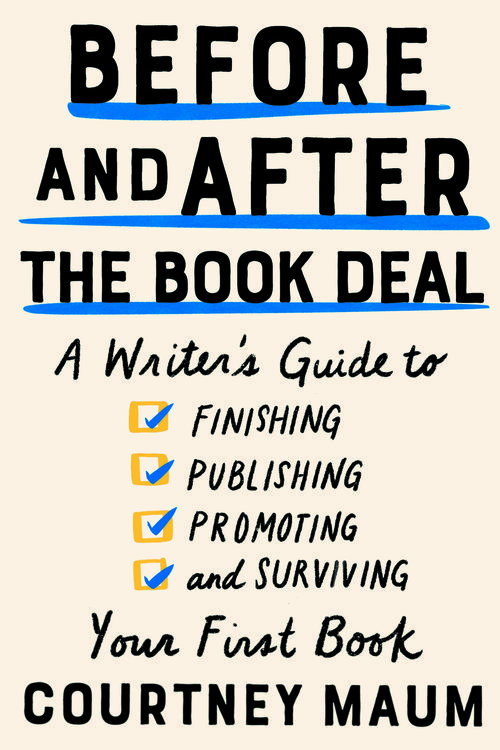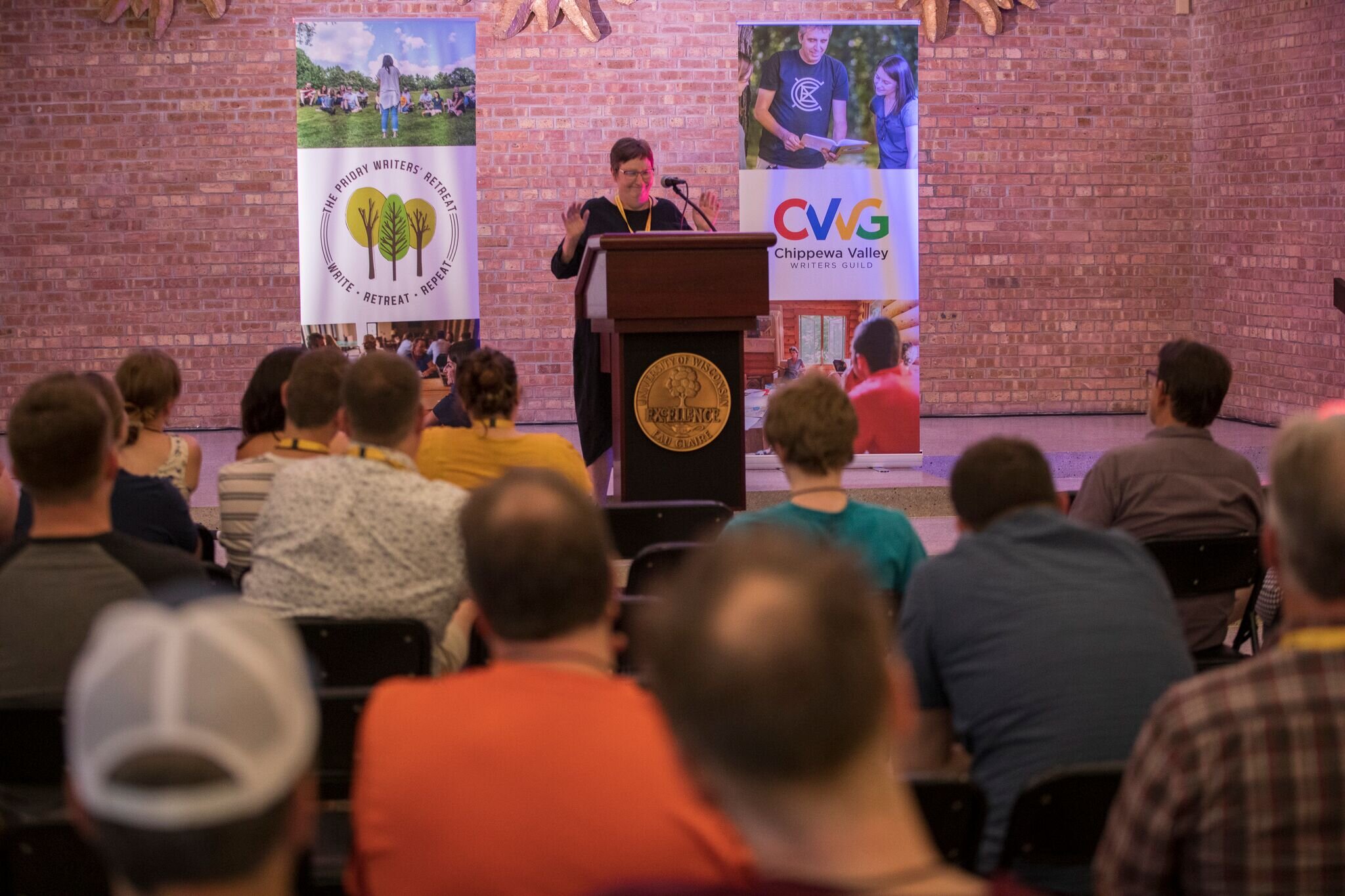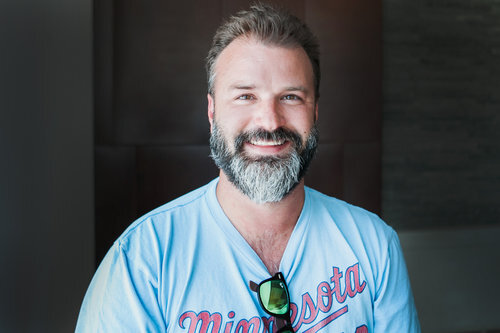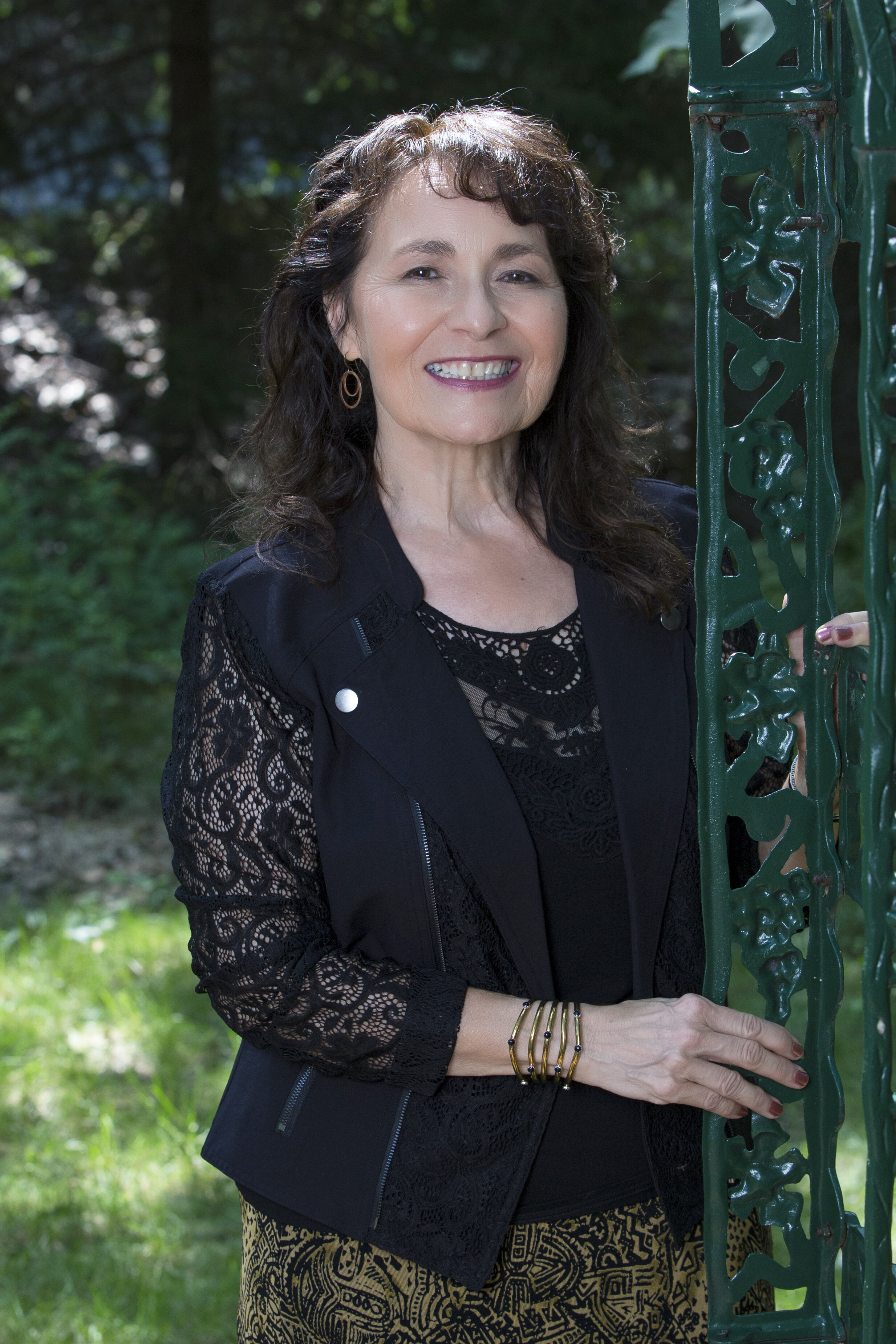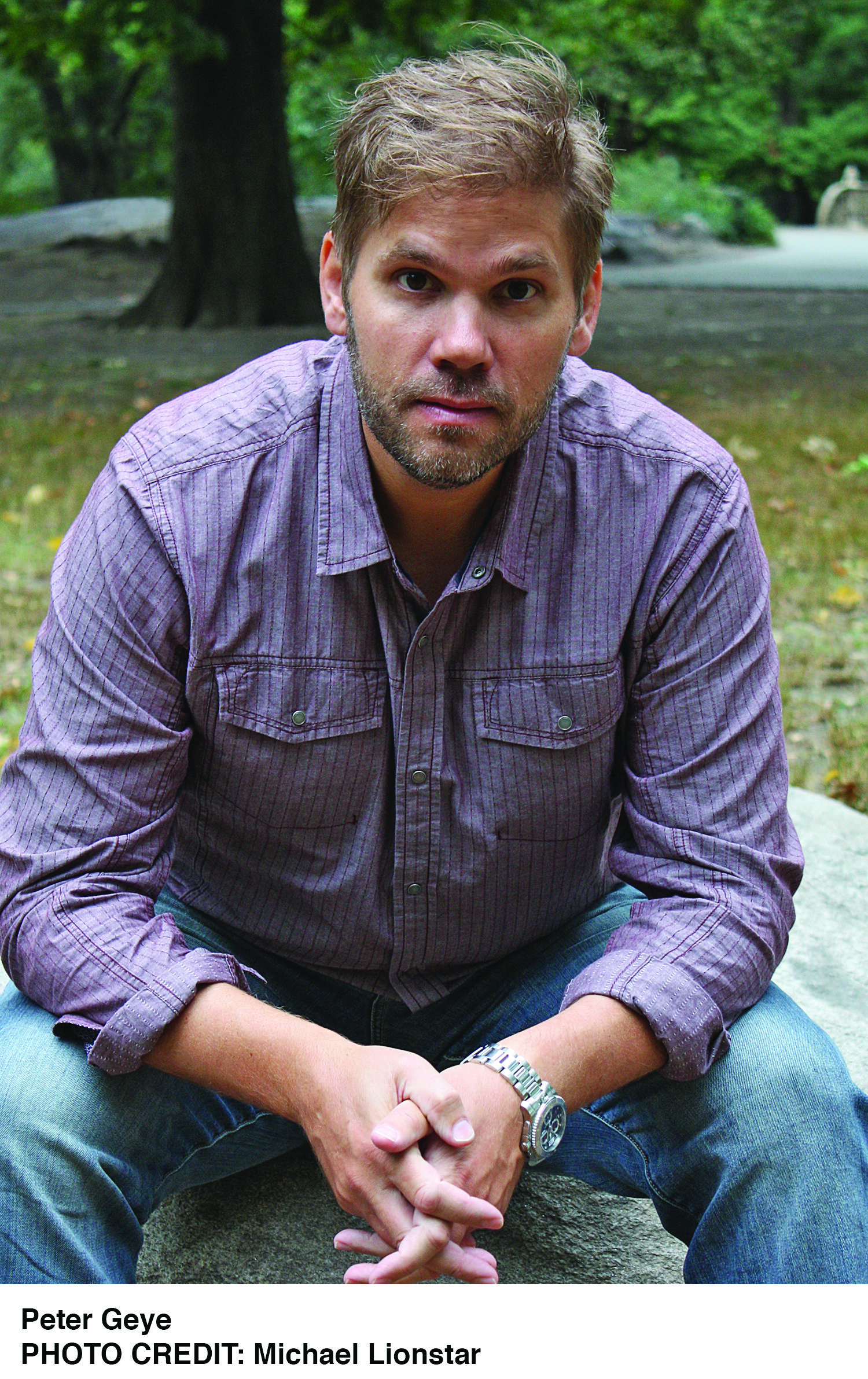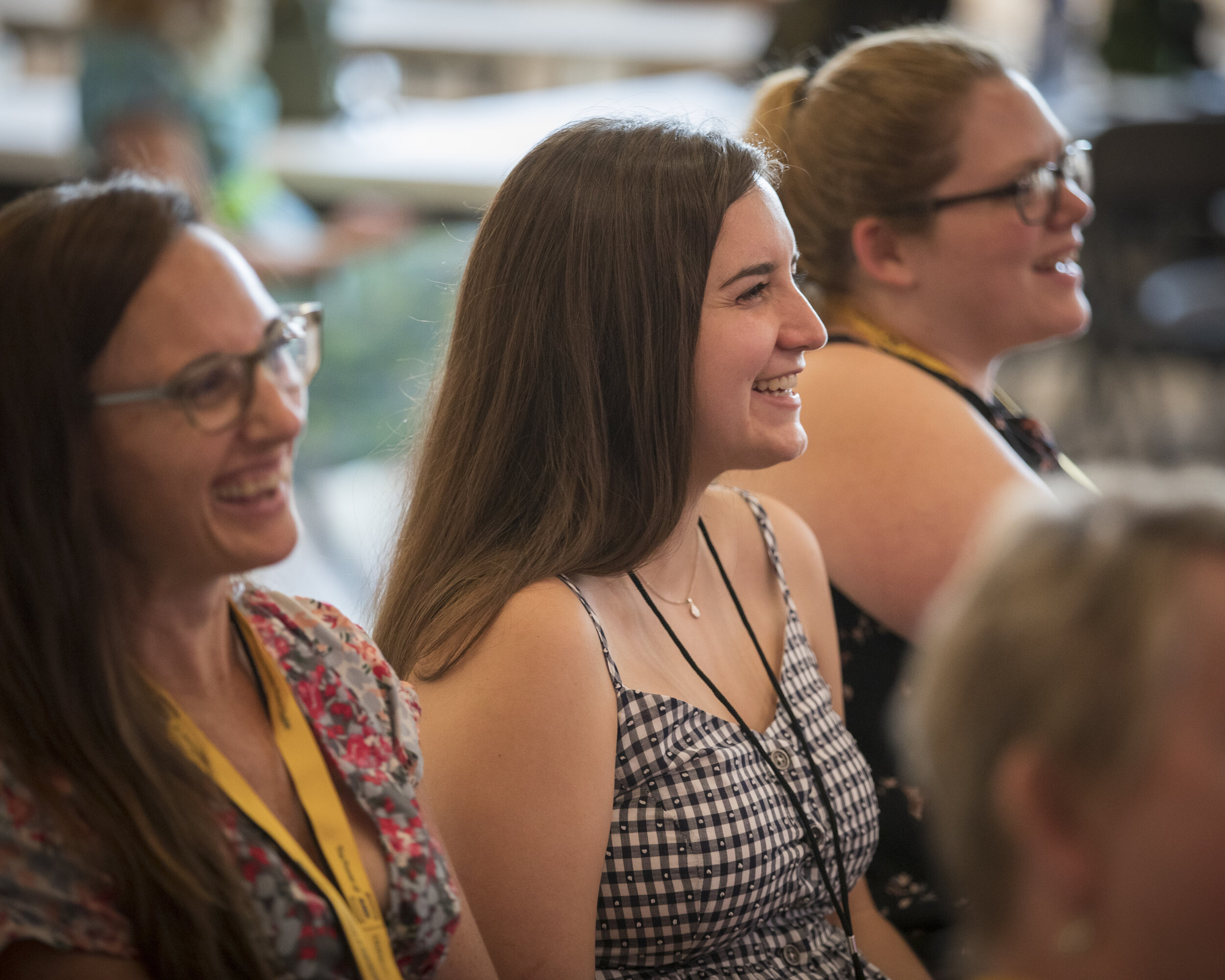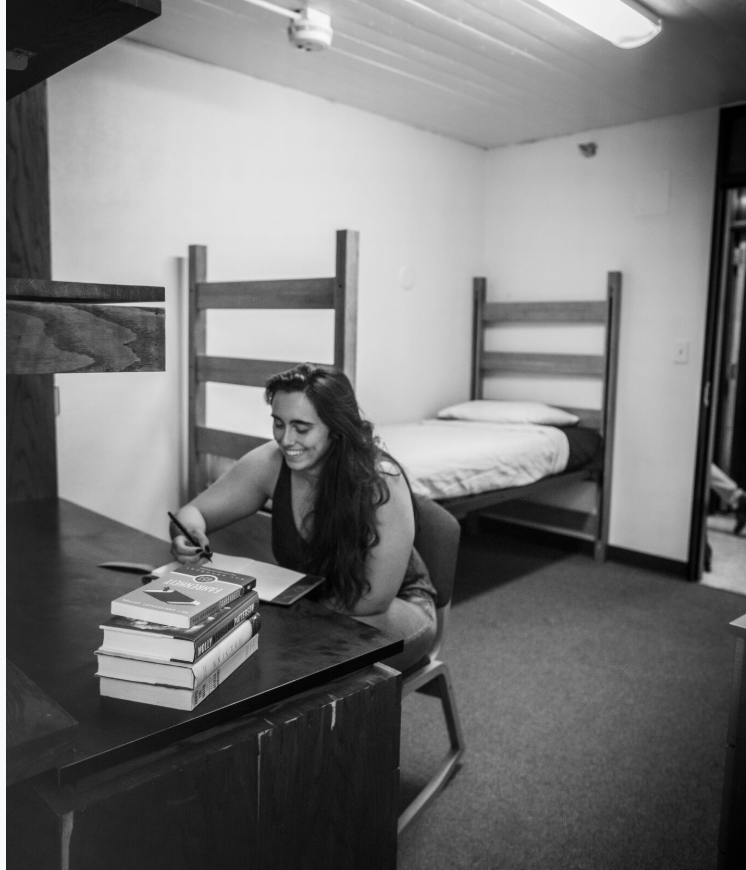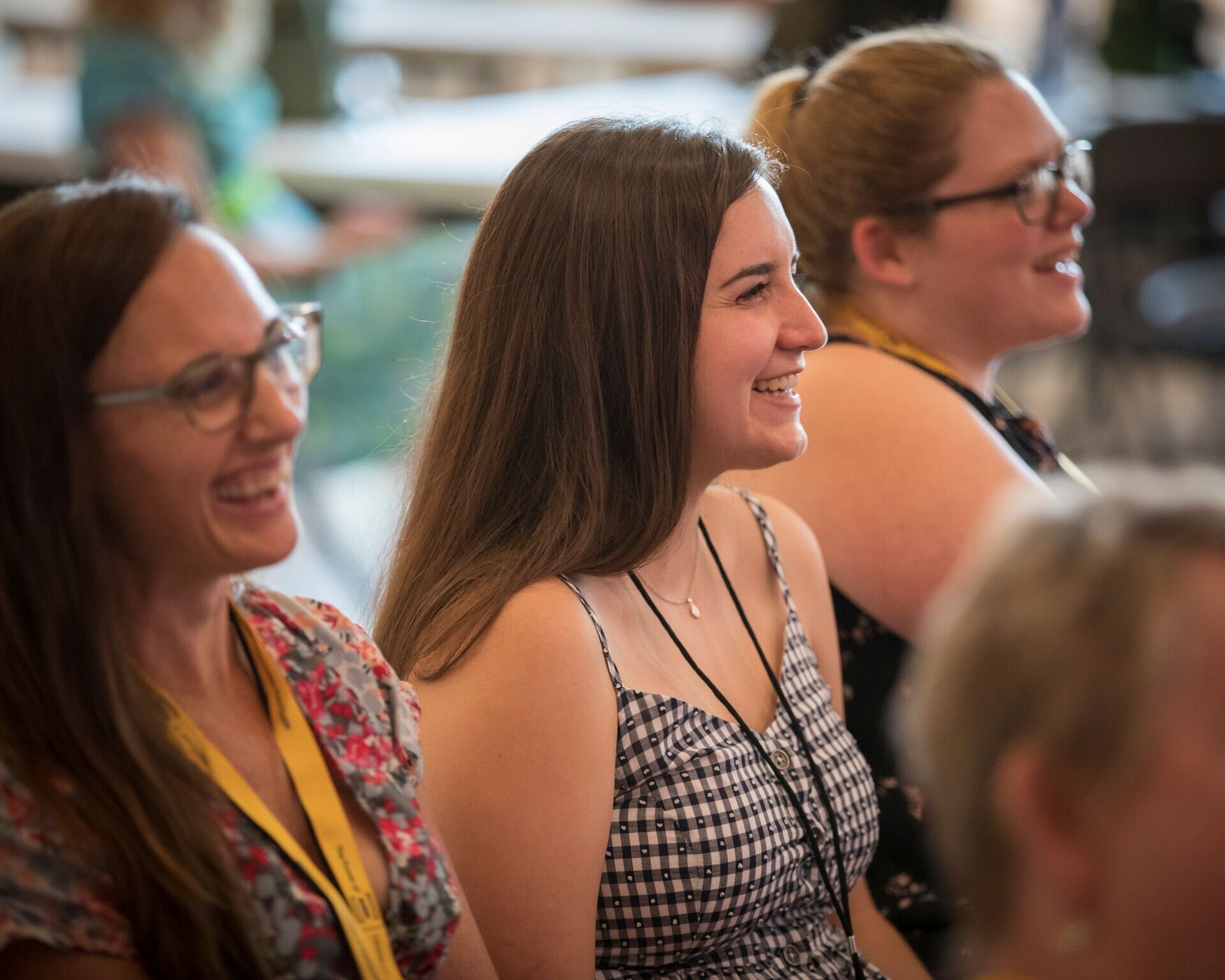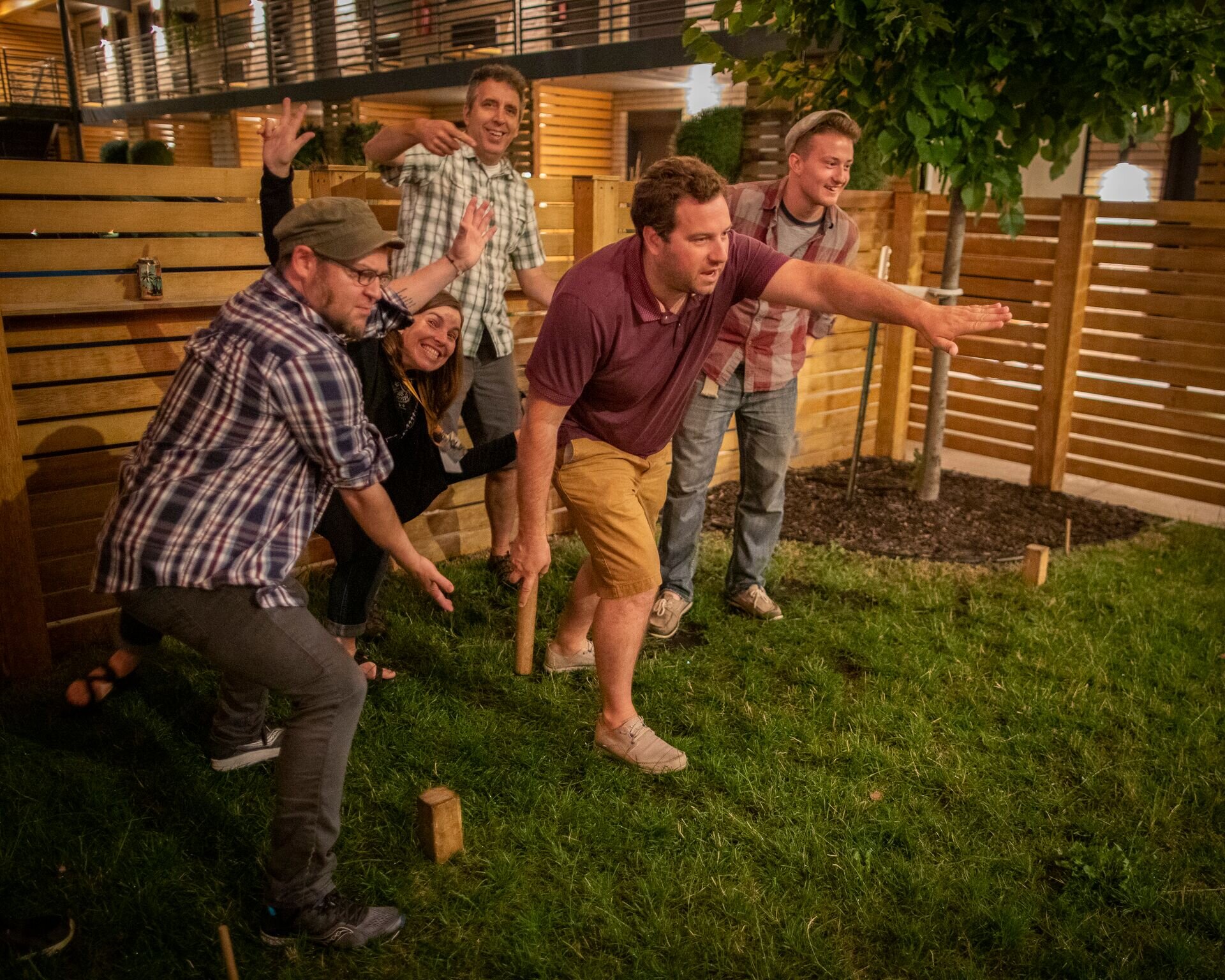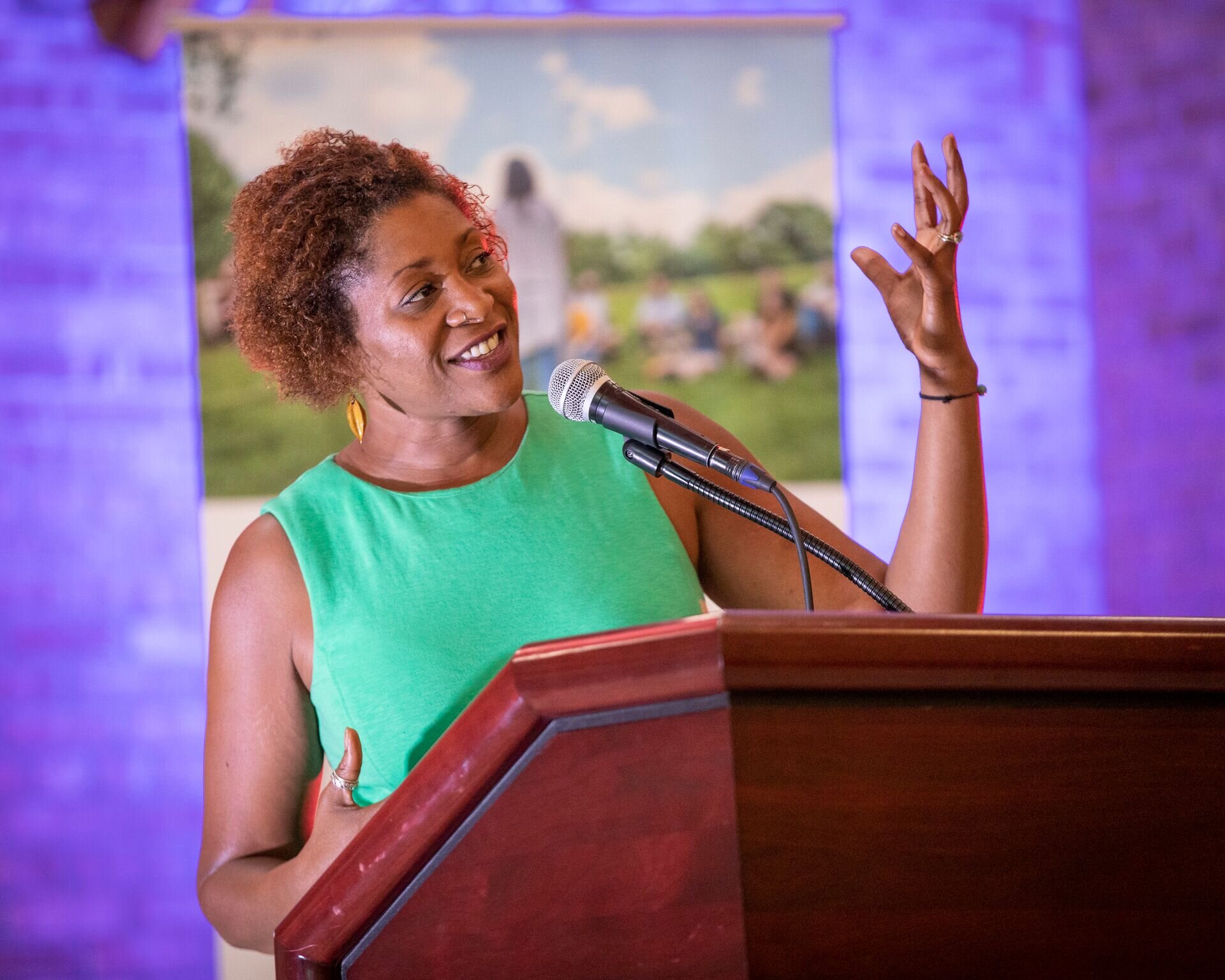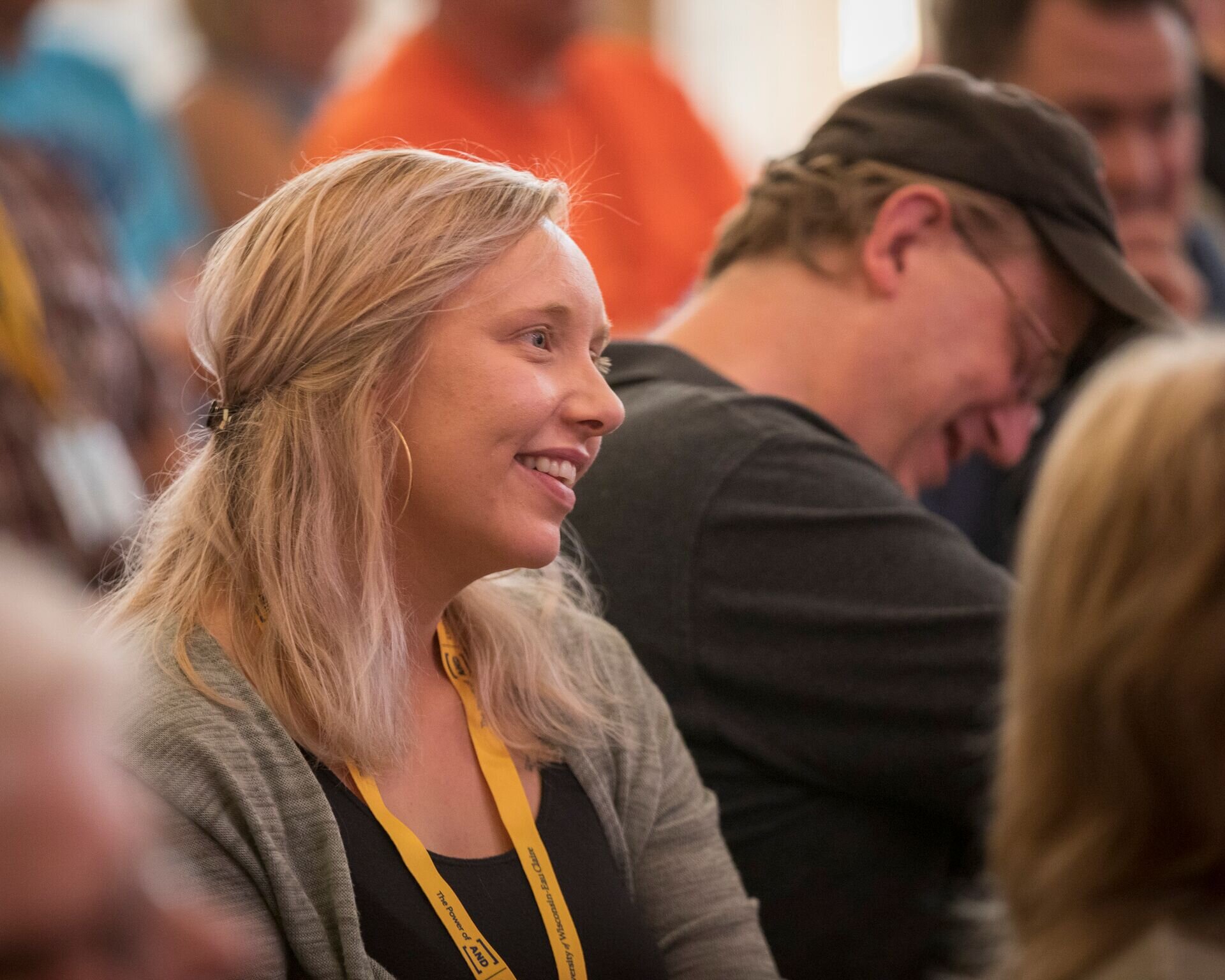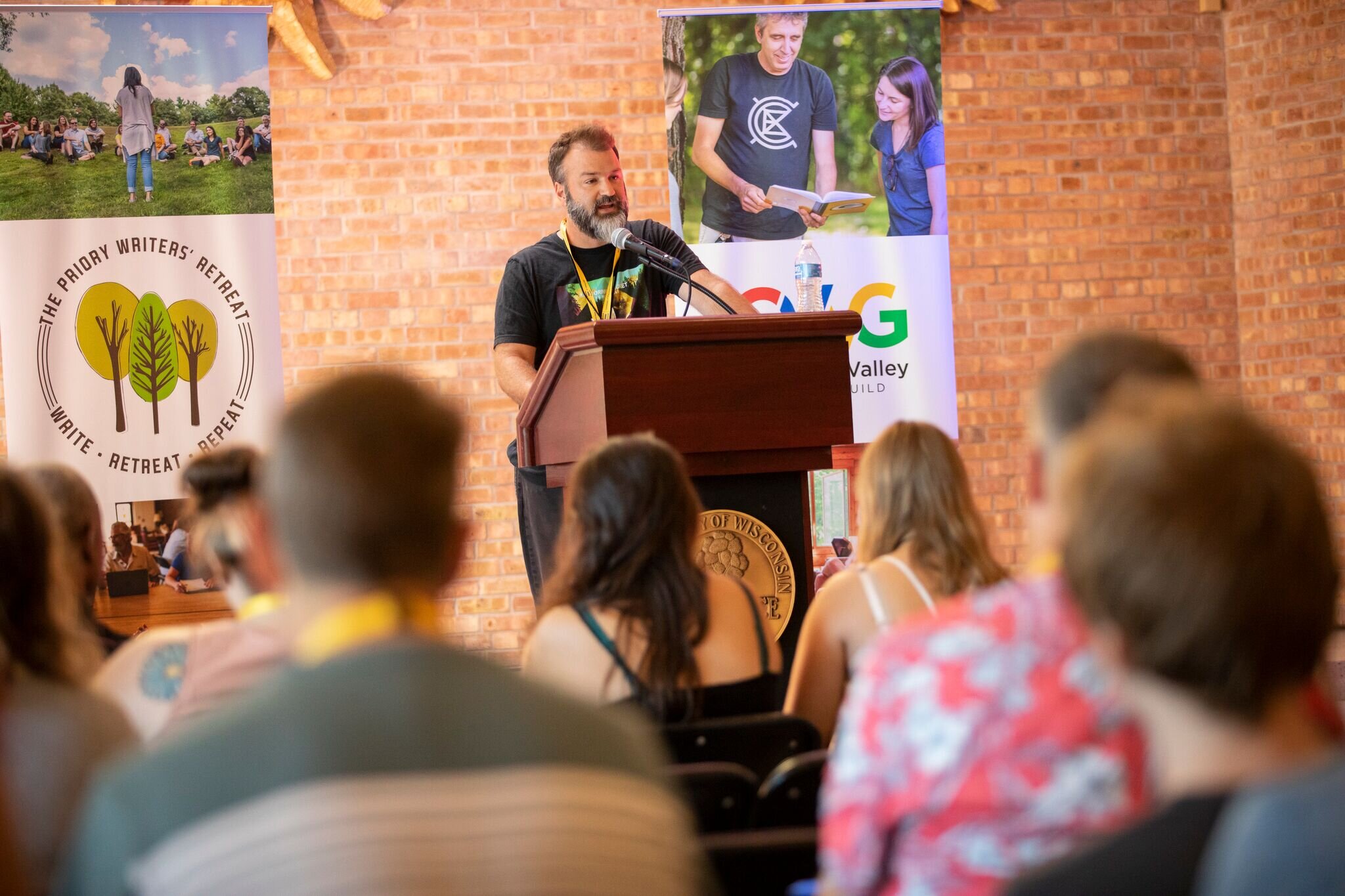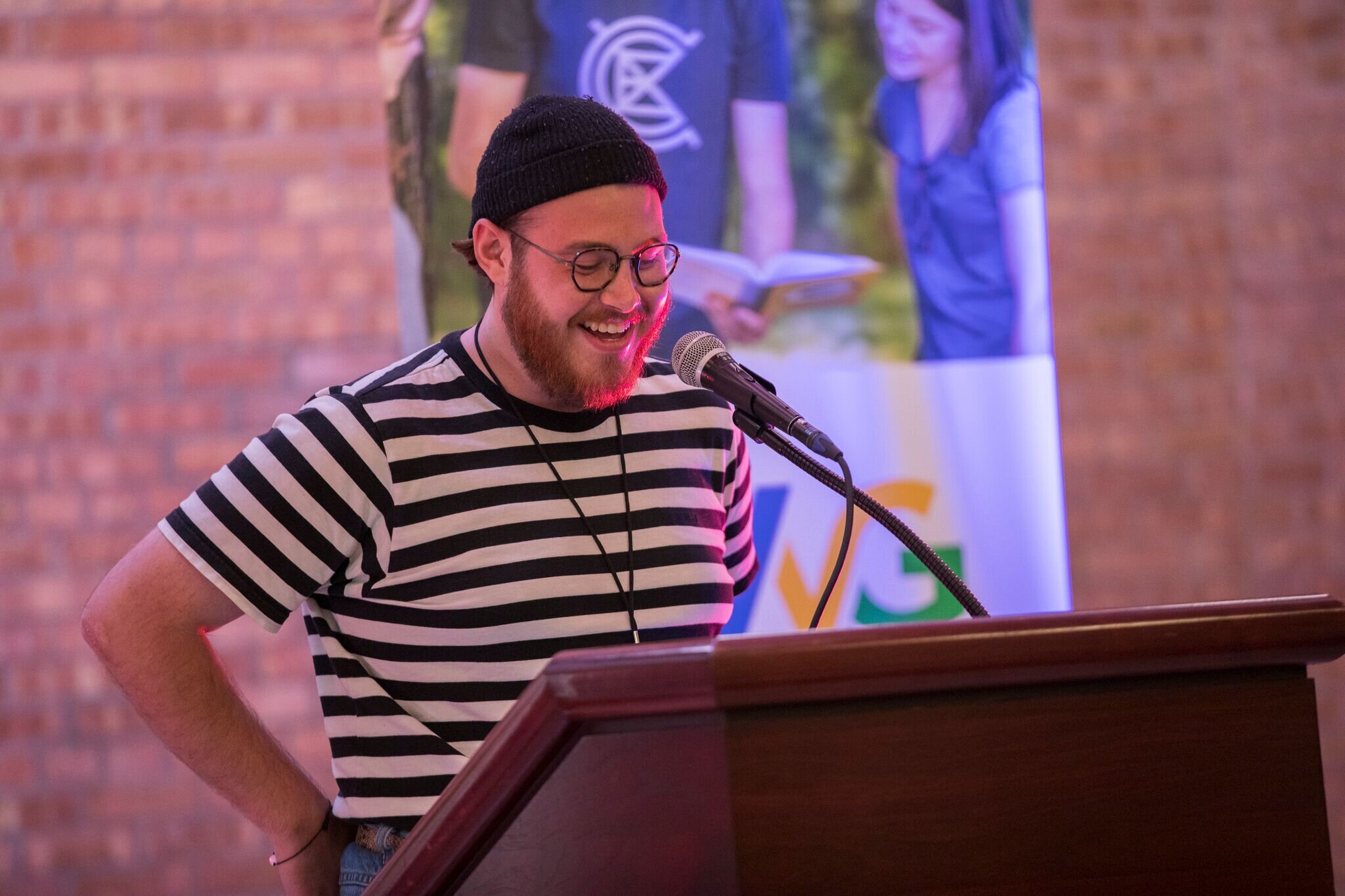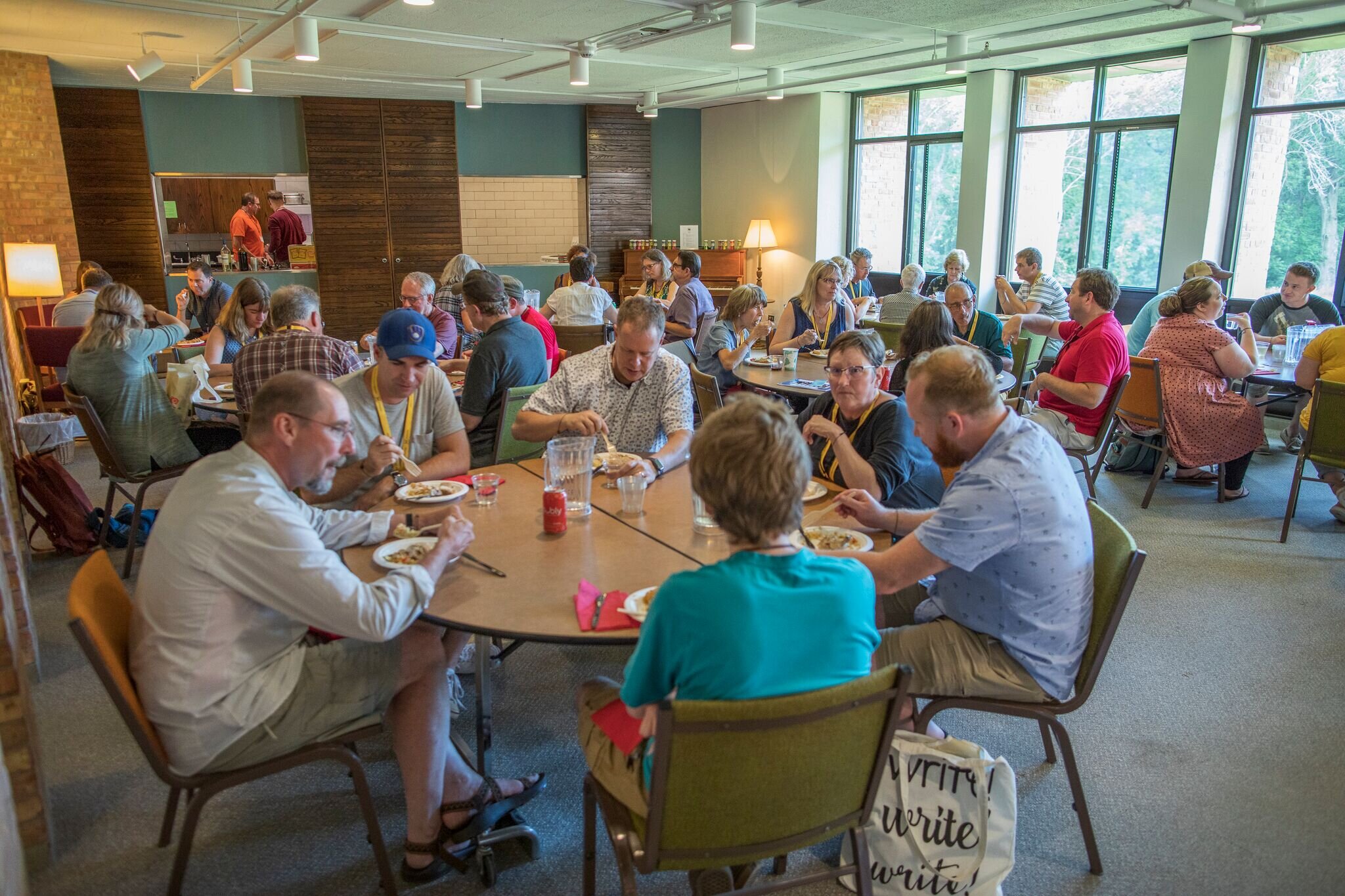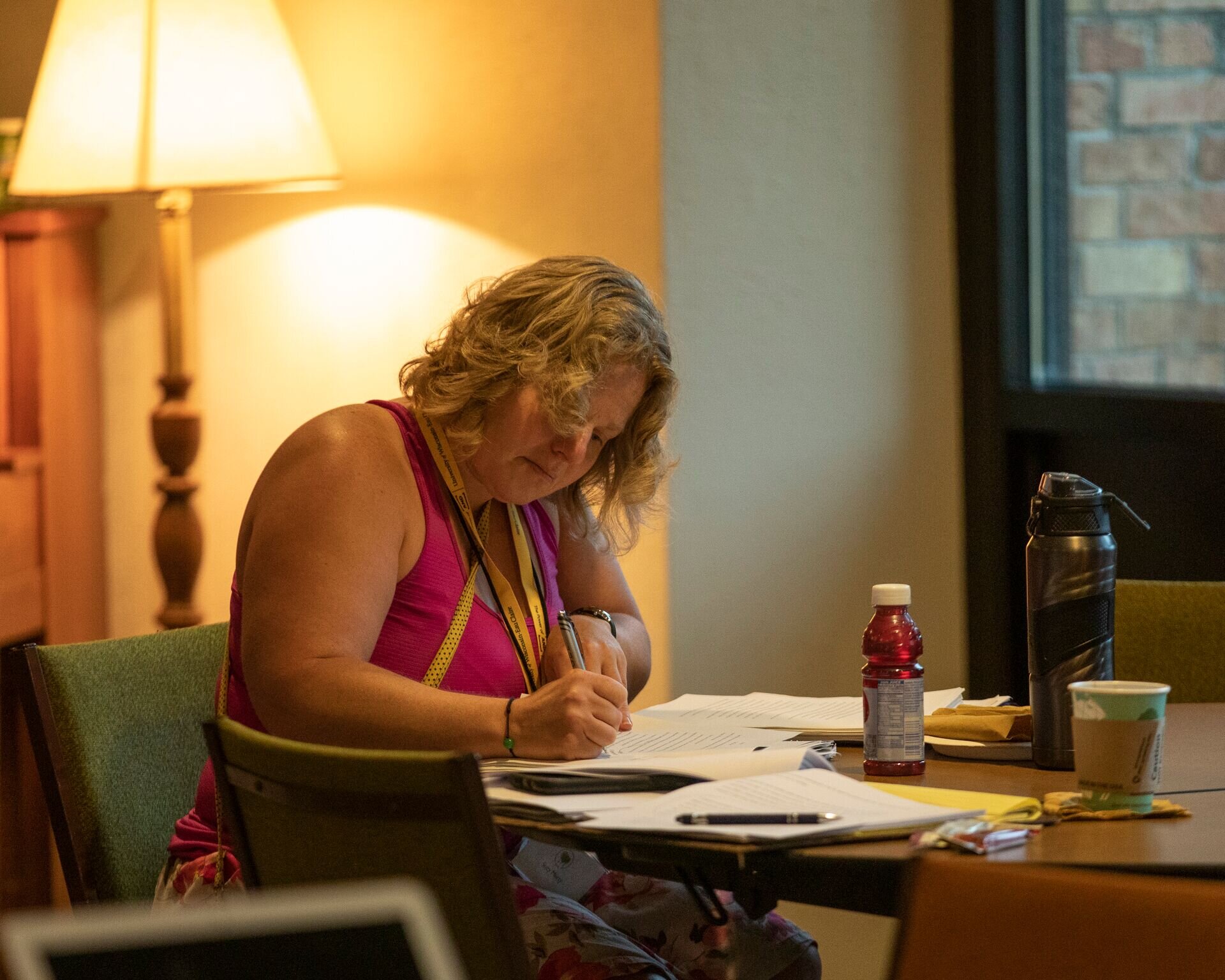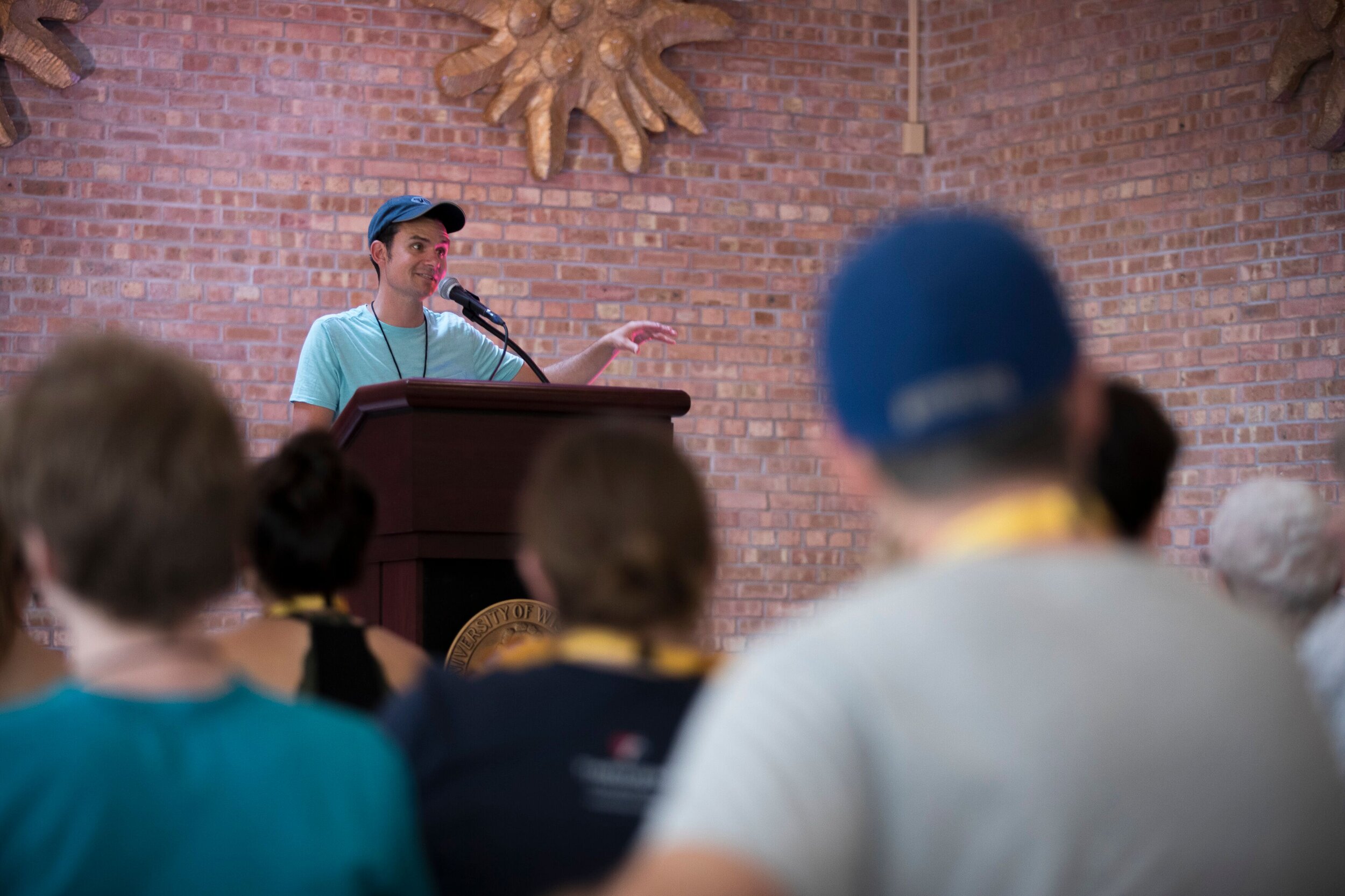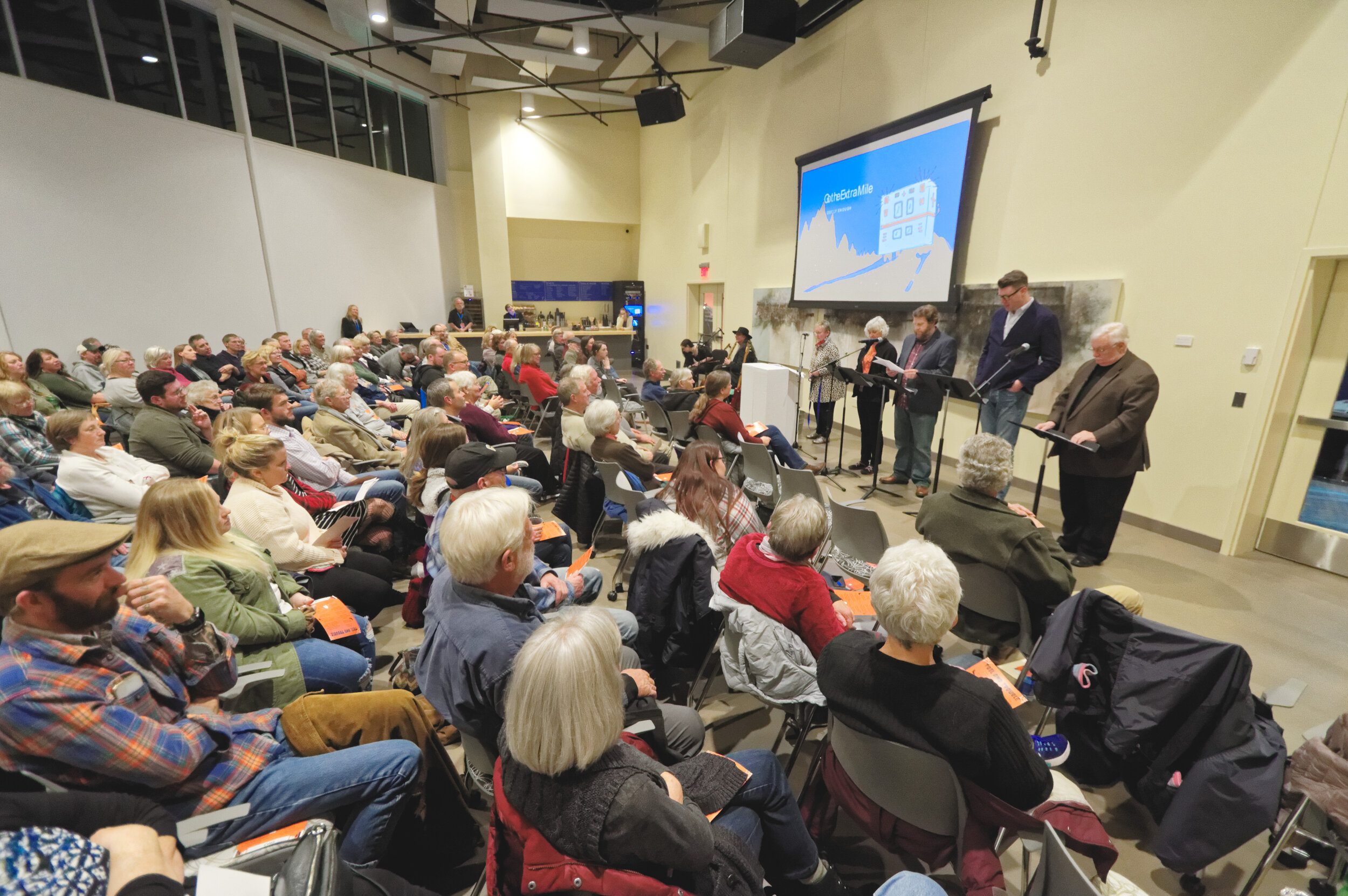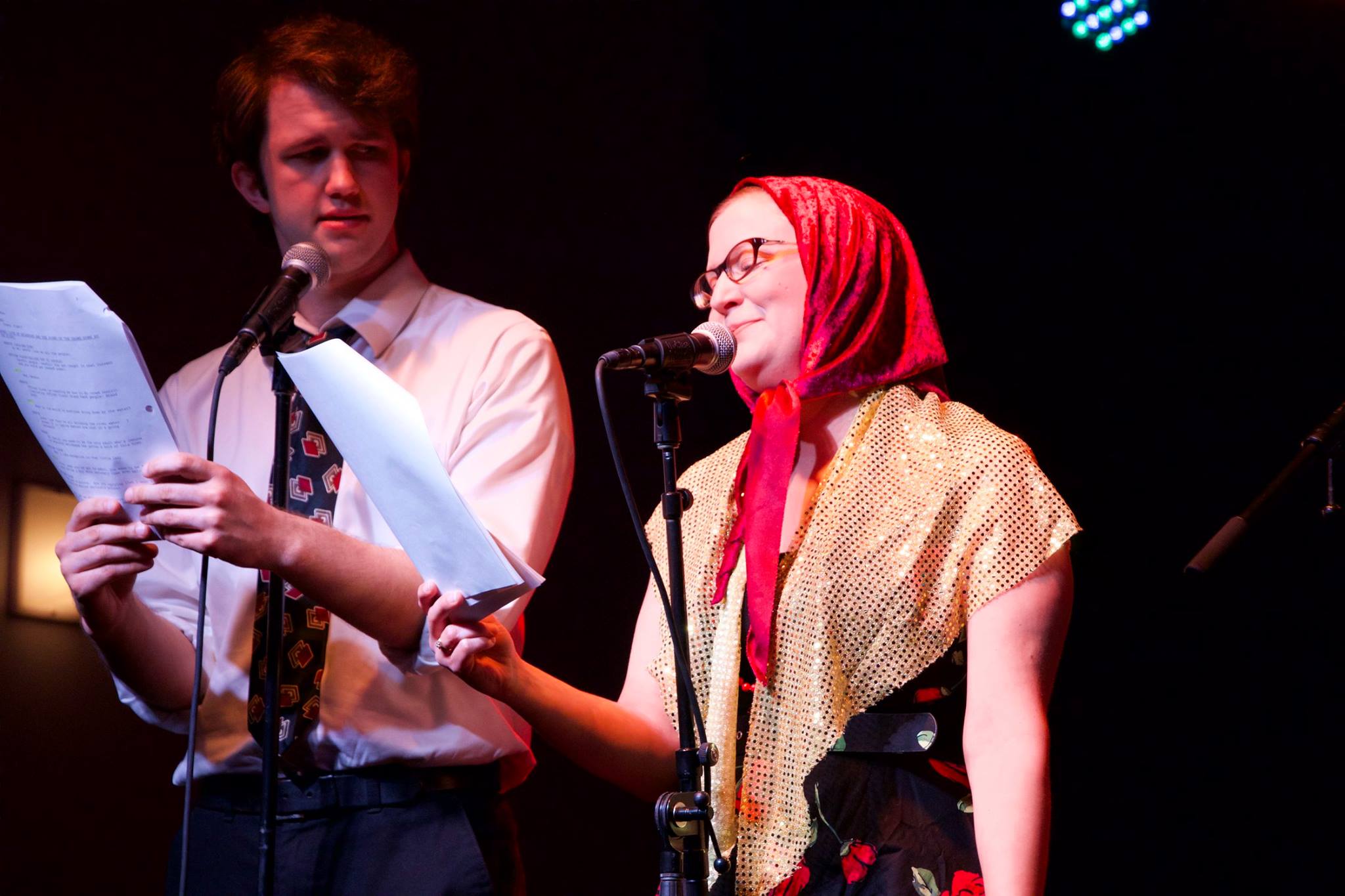by Angela Hugunin
For Angela Voras-Hills, community—whether in person or through books—is essential. An accomplished poet and wearer of multiple hats, Voras-Hills finds community to be valuable to the artistic process and life itself. Currently, she is organizing the Midwest Poetry Festival. This year, she released her debut poetry collection, Louder Birds , which was chosen by Traci Brimhall for the Lena-Miles Wever Todd Prize. Her poems have appeared or are forthcoming in Kenyon Review Online, New Ohio Review, Memorious, Rattle, Crab Orchard Review, and Best New Poets, among other journals and anthologies. She has been awarded grants from The Sustainable Arts Foundation and Key West Literary Seminar, as well as a fellowship from Writers' Room of Boston.
I recently had the pleasure of sharing an Angela-Angela chat with Voras-Hills. She shared insight into her inspirations, her outlook on the current state of the environment, the planet’s relevance to creativity, and the wonders of community. Voras-Hills was originally scheduled to be at an event celebrating National Poetry Month and Earth Day in April along with poets Kathryn Nuernberger and Claire Wahmanholm. However, the event has since been canceled in an effort to limit the potential spread of COVID-19. Nevertheless, Voras-Hills is an important voice for these times. Her work is honest and thought-provoking, and her responses to the following questions brought me hope in the midst of uncertain times. Through her wise responses, Voras-Hills offers meaningful encouragement, sharing insight and reading suggestions perfect for social distancing.
Angela Hugunin: You have multiple important roles, including poet, community organizer, and mother. What connections have you found between art and ecology? With that, what role do you see poets playing in sustainability?
Angela Voras-Hills: Poets have always looked to nature for answers. I mean, people have always looked to nature for answers (I’m thinking augury, astrology, bestiaries, etc.) and to understand life. Artists spend a lot of time observing the world, so it makes sense that we try to make sense of it while it shifts around us. Whether blatantly or not, I think most artists are ecologists to some extent.
As poets, I think we keep conversations about sustainability and the natural world moving forward. We call attention to the way things are changing, we create and depict potential futures based on the present, and we reimagine the past for guidance. While some people are reluctant to hear scientific data about how the natural world is changing, reading a book or poem in which the reader identifies themselves in this changing world can potentially help them understand their role and what is at stake. The more artists can connect with people, the more willing (I hope) people will be to see themselves as part of the world around them.
AH: As we approach National Poetry Month, I’d love to hear about which poets have most inspired you!
AVH: My first loves were Wislawa Szymborska, Louise Gluck, Brigit Pegeen Kelly, and Linda Gregg. And then Jane Hirshfield, Laura Kasischke, Ada Limon. I mean, this list could go on for so long (and it would consist primarily of female poets), but these are the poets I turn to when I forget why poetry matters and how good it can be.
AH: Earth Day always brings a renewed energy to the environmental movement, yet lately, it feels like a lot of the news we’ve gotten about the planet has been discouraging. Last month, the Clean Water Act was weakened, stripping previously protected waterways of that protection. In the midst of this sort of news, where do you turn for hope?
AVH: Ugh. Hope can be so hard. Honestly, because I have kids, and because I had them in the face of this knowledge, I have to hold onto the silliest things. In my poem “Never Eat a Polar Bear’s Liver,” I say “I find hope in tending/red worms digesting scraps in a bin/beneath my sink.” It’s crazy, the little things I will do for hope. Composting. Recycling. Until there is big change, I’m not sure how much any of these small things really matter, but it is something I can do, and that’s better than doing nothing? And, to be real, the work of poets and writers and artists—knowing that I’m not alone in my hopefulness—that helps tremendously.
AH: A lot of times, poetry is thought of as a solitary pursuit, yet I see you’re also a passionate community organizer and the founder of Arts + Literature Laboratory in Madison (which sounds like it could be an awesome cousin of the Chippewa Valley Writers Guild!). How have you seen creativity and community work in tandem, either through that organization or elsewhere?
AVH: YES! Community is my favorite! Before I found community, I was an avid journaler, an angsty, solitary scrawler of nonsense, and also a teenage mom. Being alone for so long is hard, and it’s nice to know there are other people out there thinking things you are thinking and doing things you want to do. And organizations that bring literature into the community/invite the community into literature make people see that writing and thinking and art are for everyone. Having a space where we can all exchange ideas and collaborate, where we are learning and creating together, really changes the shape of and conversation throughout a community. These are spaces that connect people who may not otherwise ever meet each other, and isn’t that so great? I’m looking forward to getting to know more of the people involved with the Chippewa Valley Writers Guild. Hooray, community!
(That said, I think you can find community in books if that is who you are. But if you are not the kind of person who wants to Emily Dickinson their way through life, it’s so good to know other writers and readers.)
AH: You have a new poetry book out and I am intrigued just from the title, Louder Birds. Critics are already praising your ability to weave together Midwestern character with some of life’s biggest questions. Can you tell us a bit about what these poems collectively explore?
AVH: It’s funny, because a lot of people ask, “What is your book about?” and I never really have a great answer—it is decidedly not a “project book.” The book is definitely Midwestern. I was thinking a lot about home and what it means to be home (I started it while living in Boston), to come from a place. There is a lot of snow. There is a lot of blood. I spent so much of my childhood on my grandparents' farm and at my other grandparents' bar/resort, and this feeds a lot of the poems. During the time I was writing, my grandmother had Alzheimer’s, my Mom was diagnosed with breast cancer, my 8-year-old became a teenager, I had a baby. There is a lot of life existing alongside death. I'm into taxidermy. I'm terrified by climate change. A friend once said my poems are "the domestic gone feral," which I like. The collection is bleak, but I think hopeful, and maybe an argument for living, for seeing this mess through.
AH: Can you give us a sneak peek of what you hoped to share at the event?
AVH: Sure! This was originally published in the Spring 2017 issue of Arkansas International.
Controlled Burn
The doe ran into the road, flipped
over our hood and dragged her back legs
across the highway into woods. The same day,
they were killing a man in Oklahoma
who wouldn’t die, they were deciding
when to try again, and men in masks
and bright orange suits set fire to the marsh—
the burning flesh of milkweed and switchgrass.
We are told to be fruitful. We are told
to rejoice. The next day, a hospital bed
is set up in the front room of the farmhouse
whose roof might collapse at any minute. As though
the heavens are aware of the weight
of a minute, as though each minute
responds solely to the sky. It’s illegal
to follow an injured deer
into woods with a gun,
but is it ok to tell a child about heaven
if you don’t believe it exists? Yes,
sing the chorus frogs,
who’d burrowed into the heart
of the marsh to escape the flames.
No, hisses the body
of a vole squashed flat,
perfectly filling
a crack in the blacktop.
AH: What are some words of wisdom you’d give to the aspiring poets out there?
AVH: I’ll yell again about community here, because finding people to support you feels so good. And read, read, read, read, read. Anything that speaks to you.









